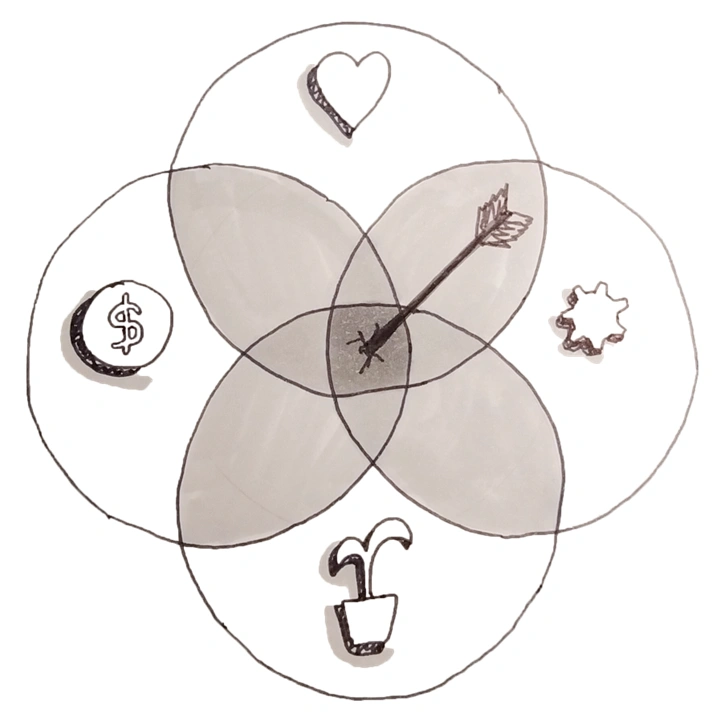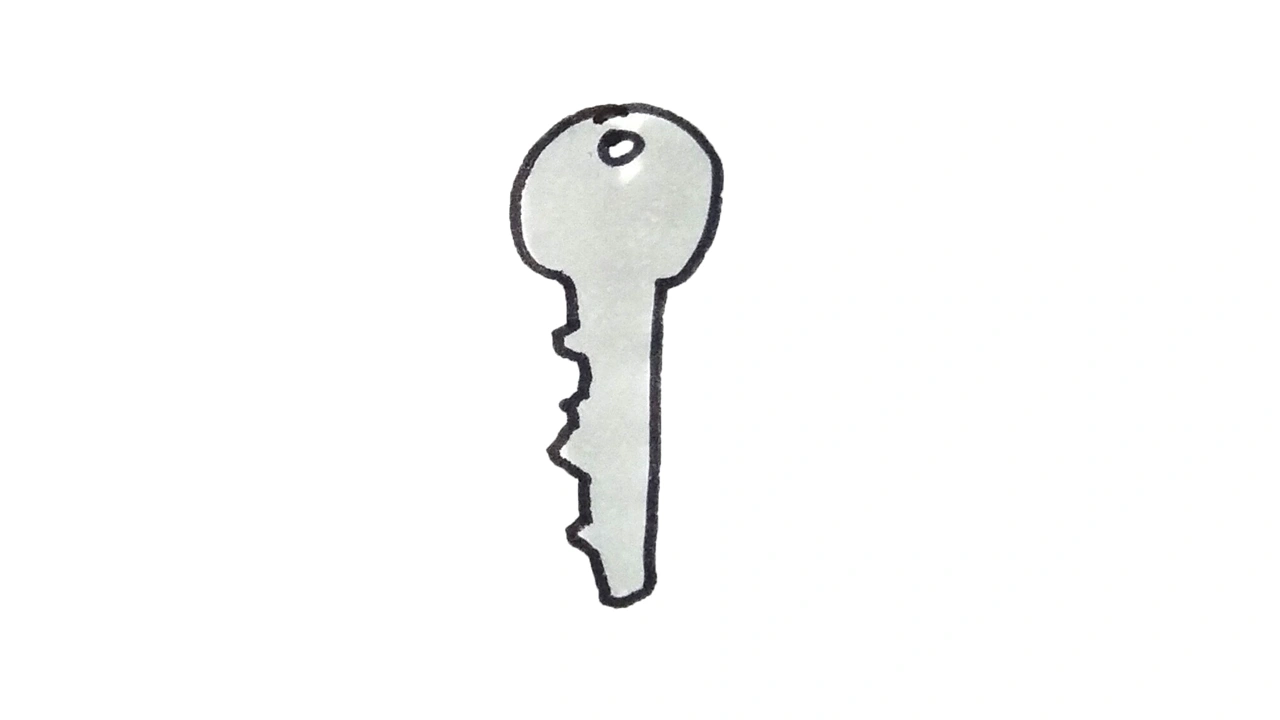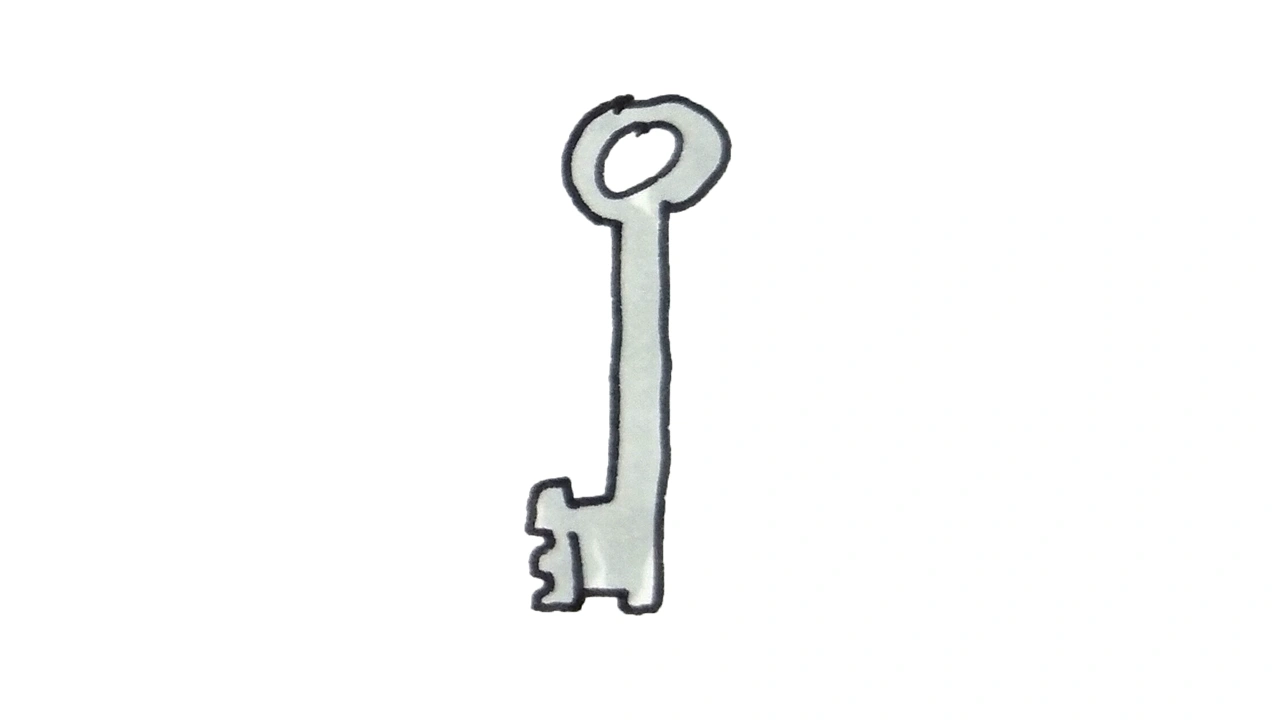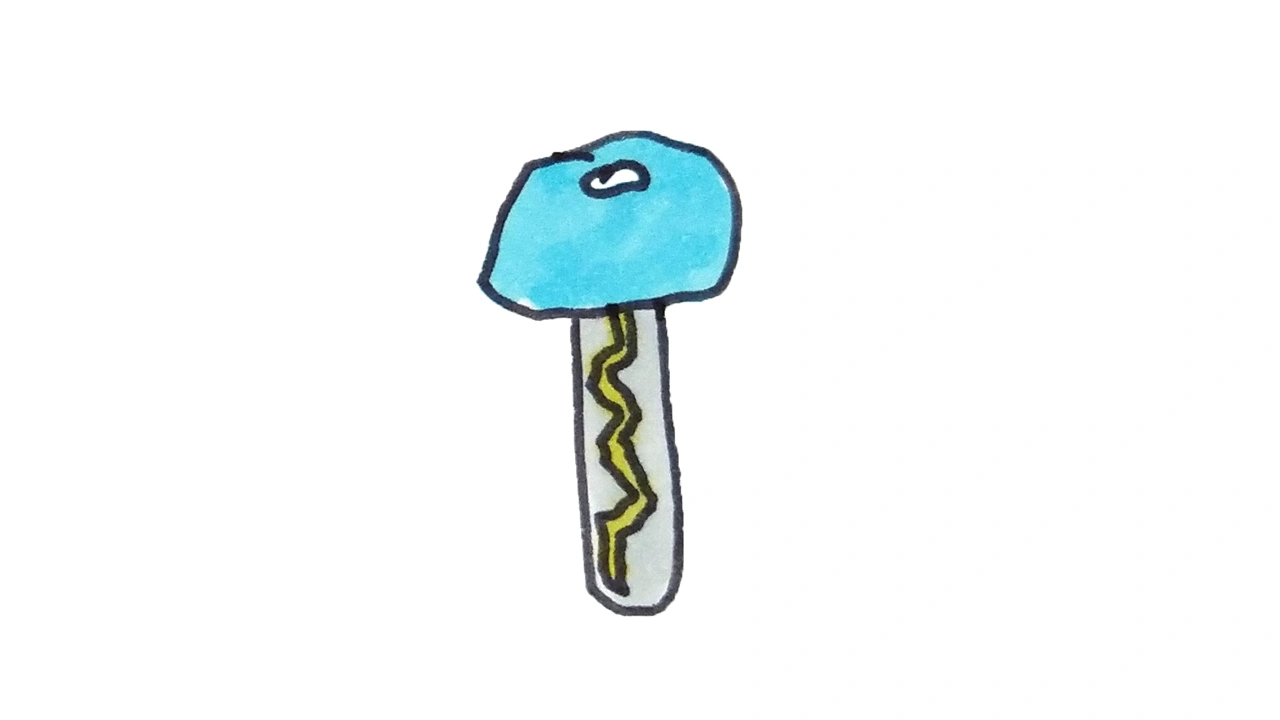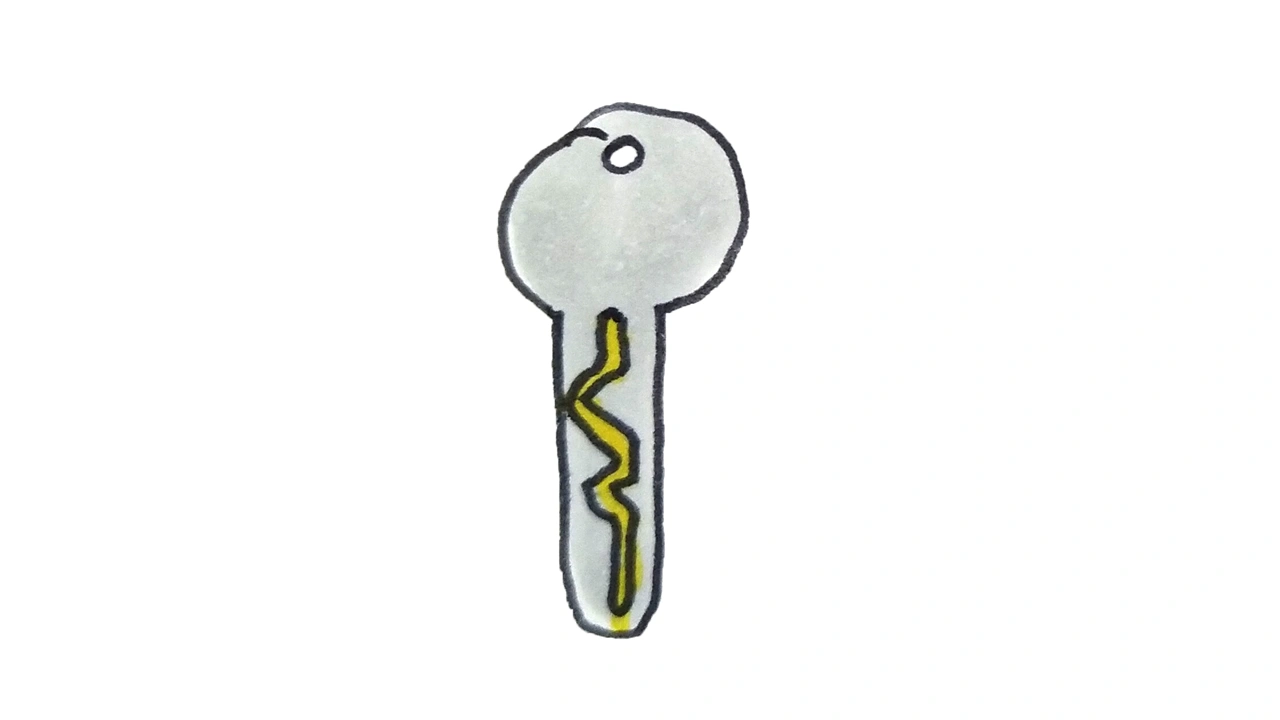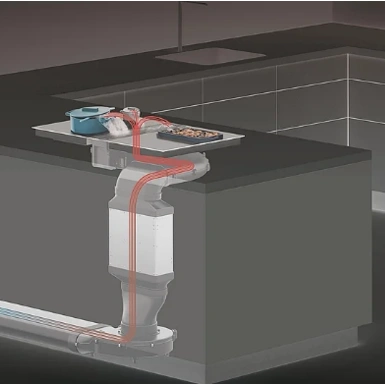Industries
October 2021
To bring innovation to life, you must move effectively from vision to market. Helbling experts have observed that this is becoming increasingly relevant, especially in view of ever new technological possibilities such as the Internet of Things. This is less about the technology to build prototypes or where you install your serial production. With their many years of experience, the experts have identified seven hurdles along the way and emphasize that success is about the mindset and the methods used in development.
Over the last 58 years, Helbling has developed and still is developing products for and with customers from a wide variety of business fields. Many of our developments have been introduced to market and have brought success and growth to our customers. Developments can be physical devices as well as virtual products/software. Helbling with its team of experts, has for years developed various products: consumer goods from coffee machines to power tools; professional equipment such as a restaurant milk frothing device or a tool grinding machine; medical equipment including injection pens and drug pumps for diabetes care, smart mobile devices for monitoring the progression of ophthalmic disease for home use, as well as point-of-care diagnostic and therapeutic instruments for a diverse range of indications; and software, for example: a mobile app for service technicians.
Over the last few years, product development has gained in dynamics, partly due to the following trends: First, a very dynamic start-up scene has become a major factor in industry growth. Second, user interfaces have shifted from buttons to touch displays, and the possibilities for user interaction are as varied as the range of apps for an iPhone. Third, the Internet of Things opens up a whole new world of features, options, and opportunities.
With many years of experience and its position at the forefront of modern trends, Helbling has identified the following seven keys as essential for successful product development. These factors are solutions to problems that companies face again and again in the process of product development.
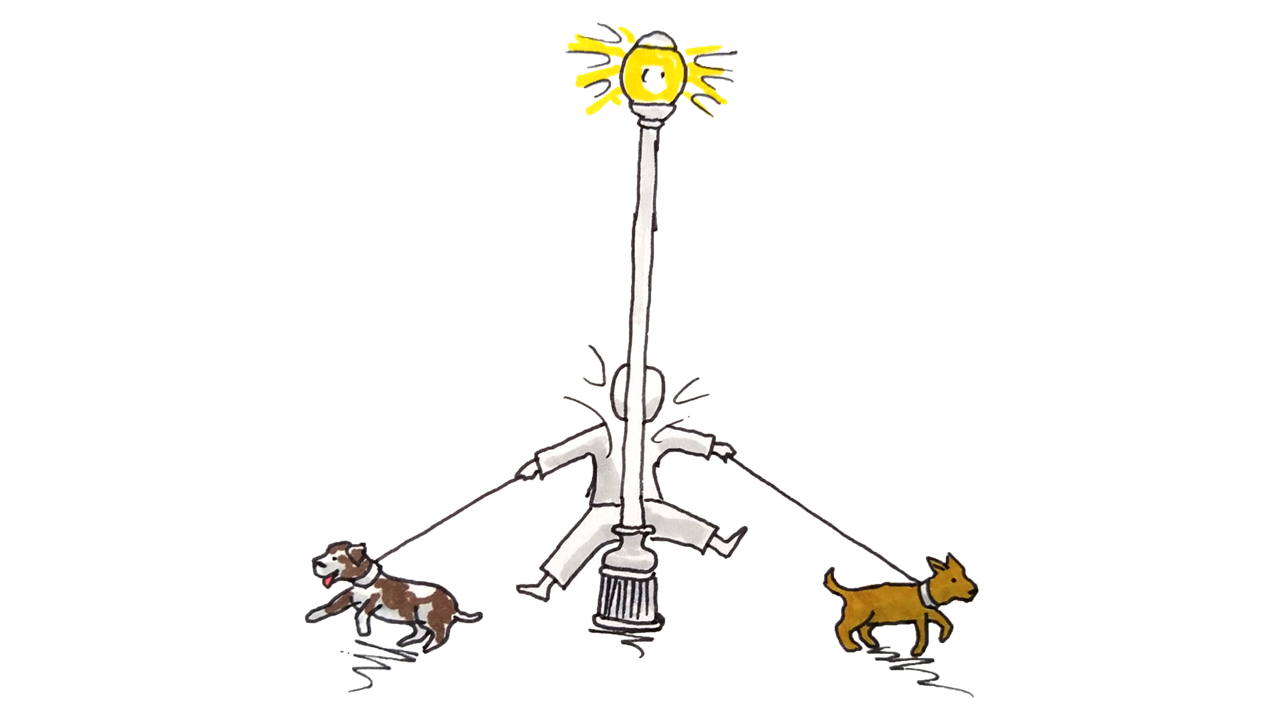

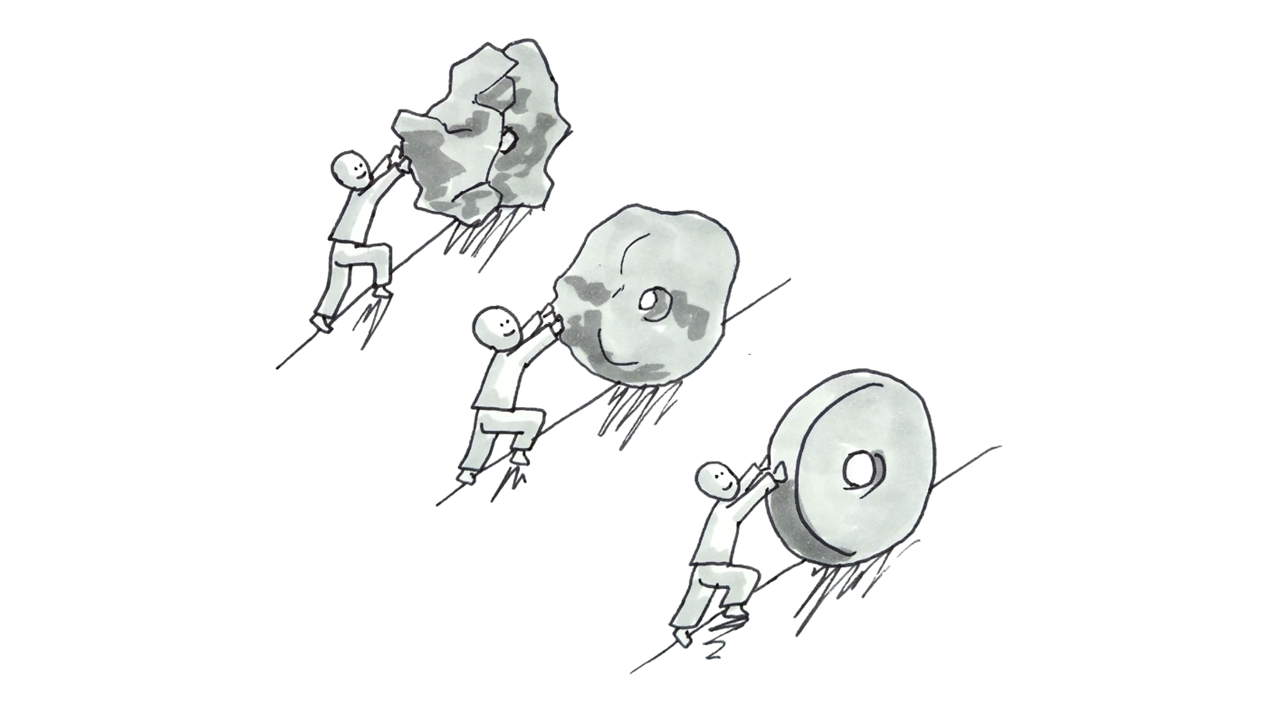
Plus. By following the seven keys, projects are focused and make efficient use of development resources such as investments, manpower, and time-to-market.
Authors: Dominik von Rohr, Lorenz Klauser, Rainer Maisch, Gabriel Sutter
